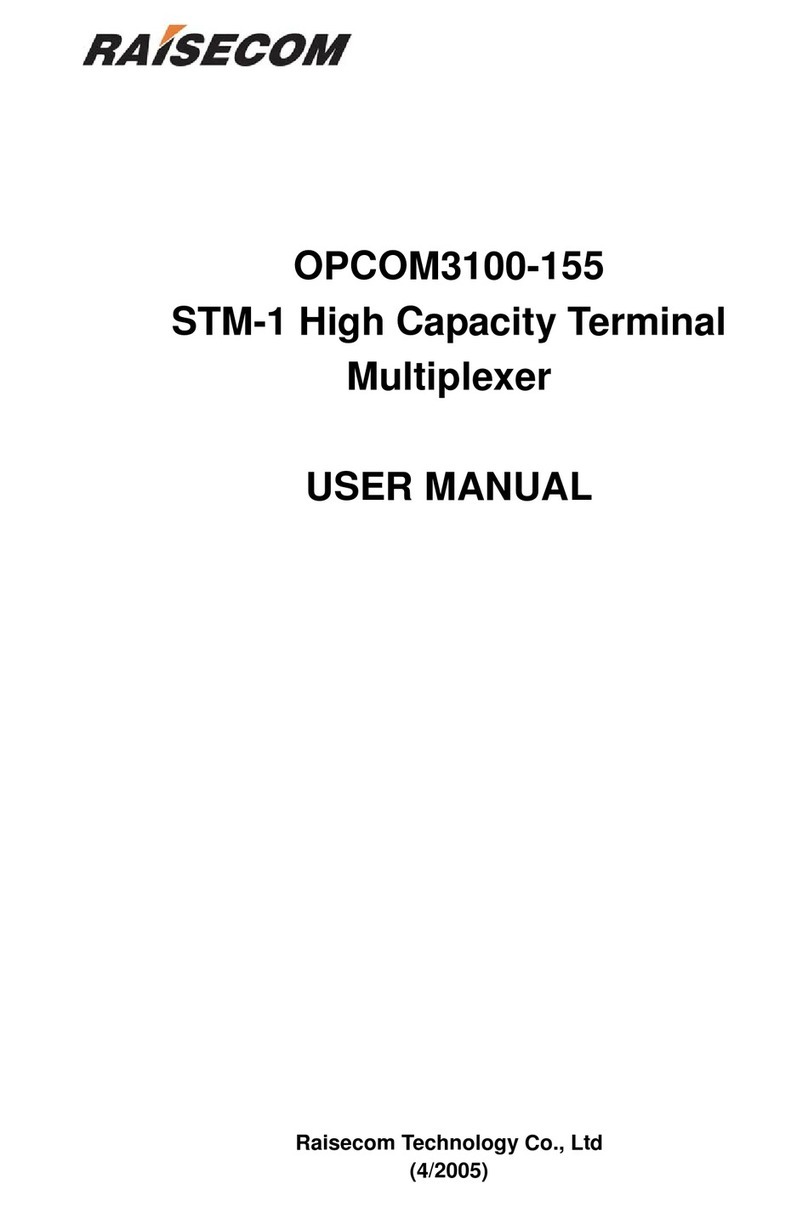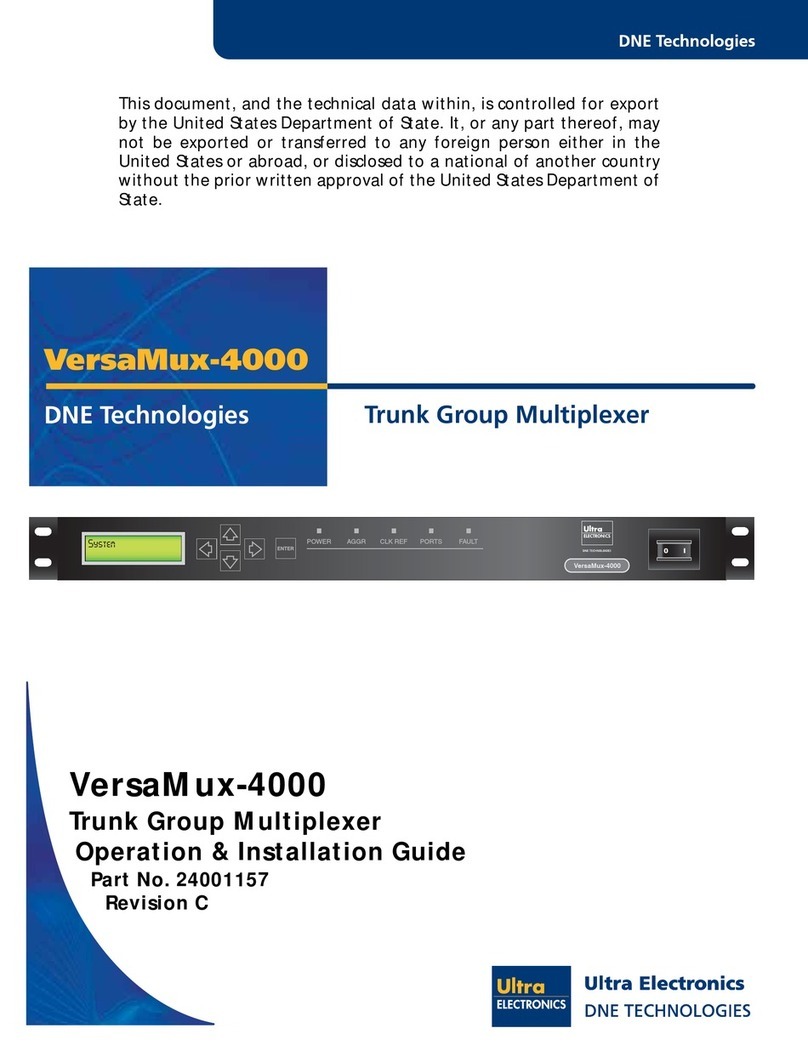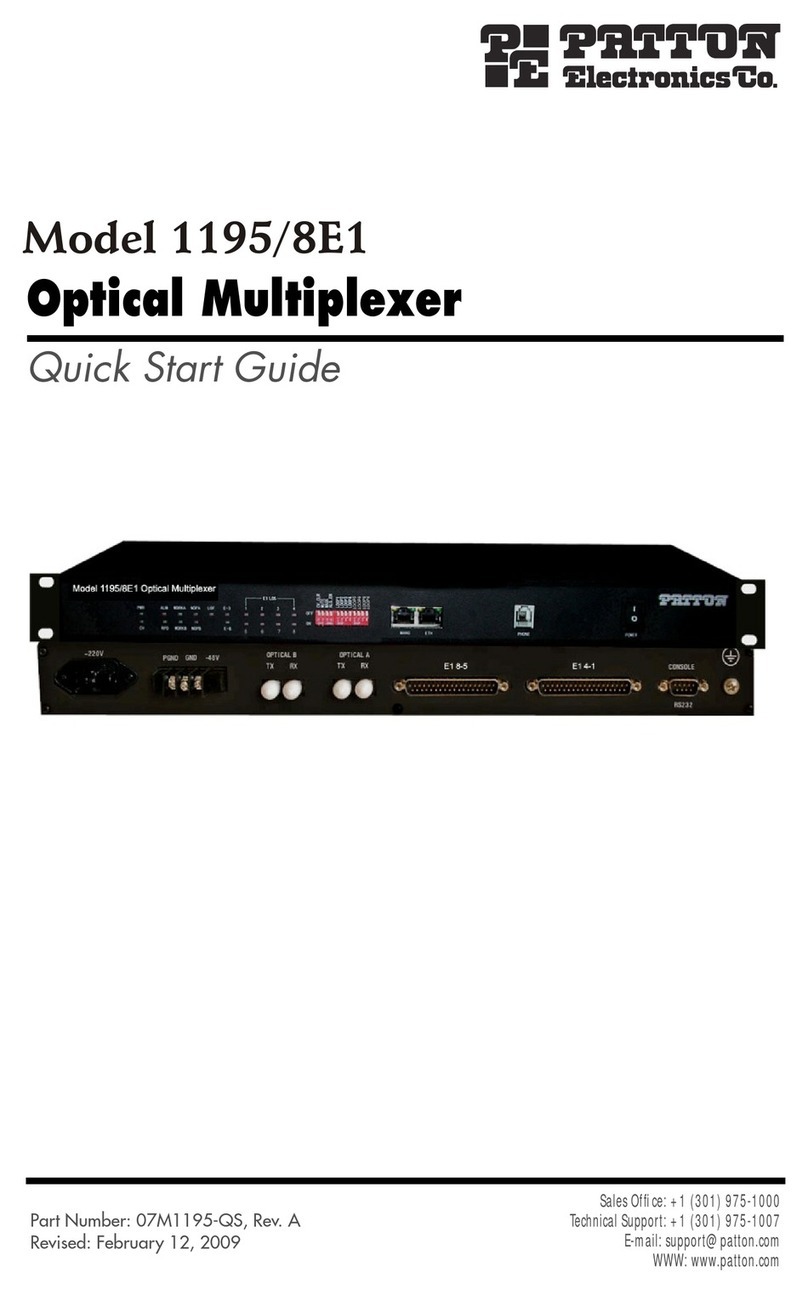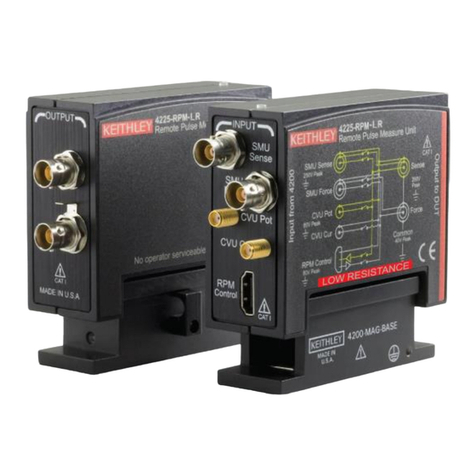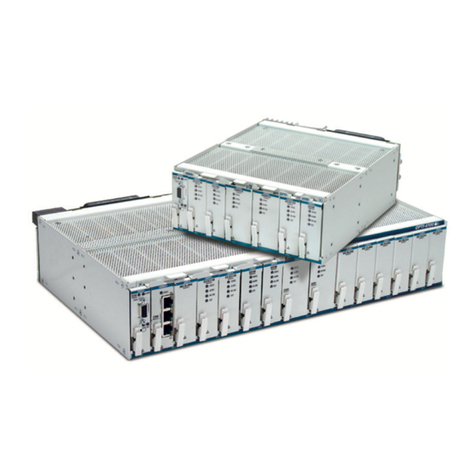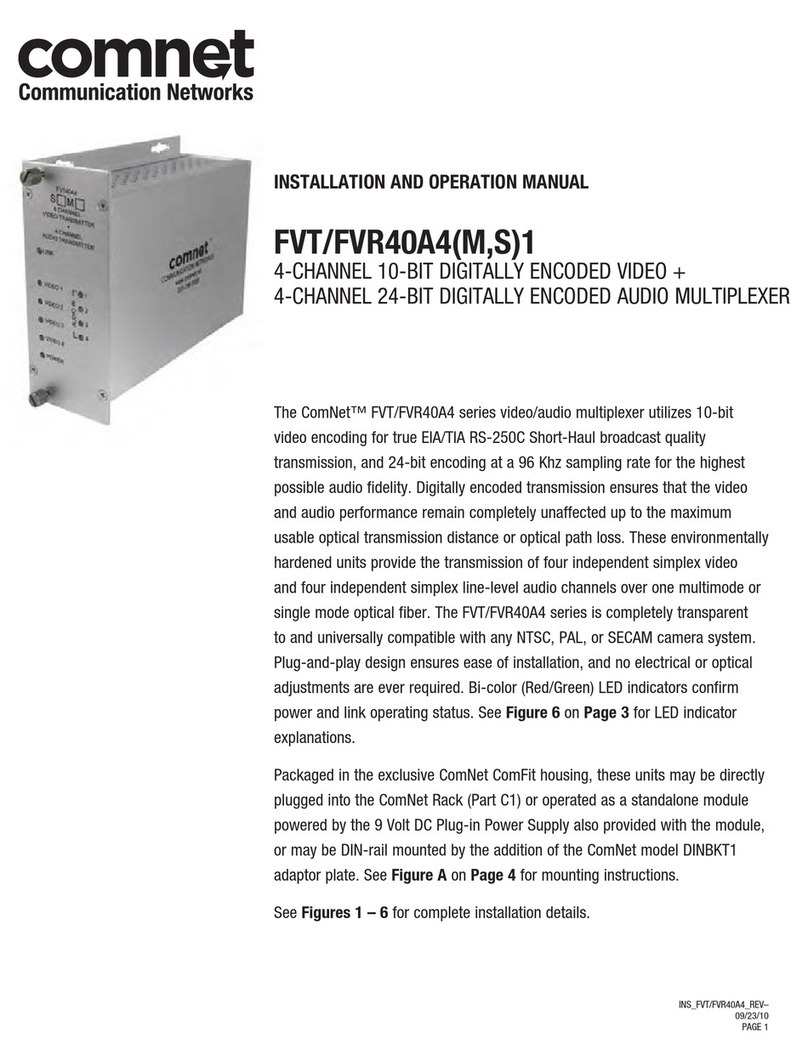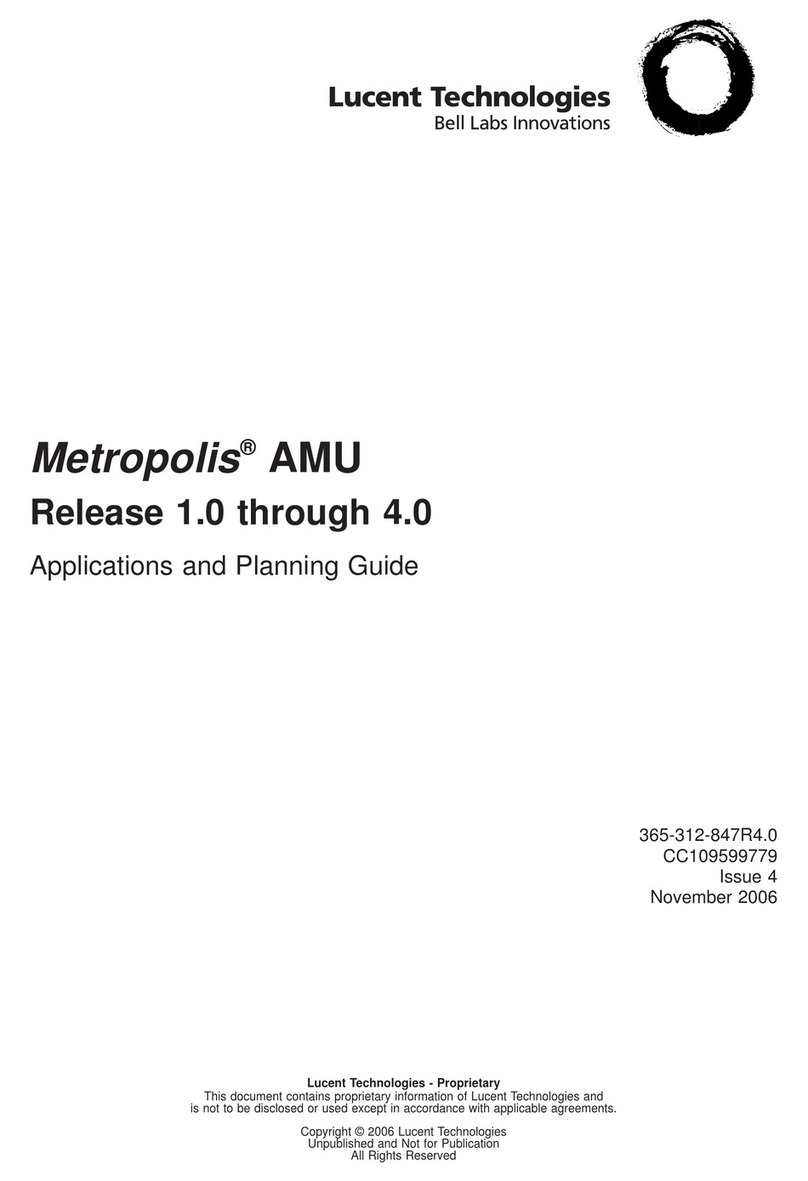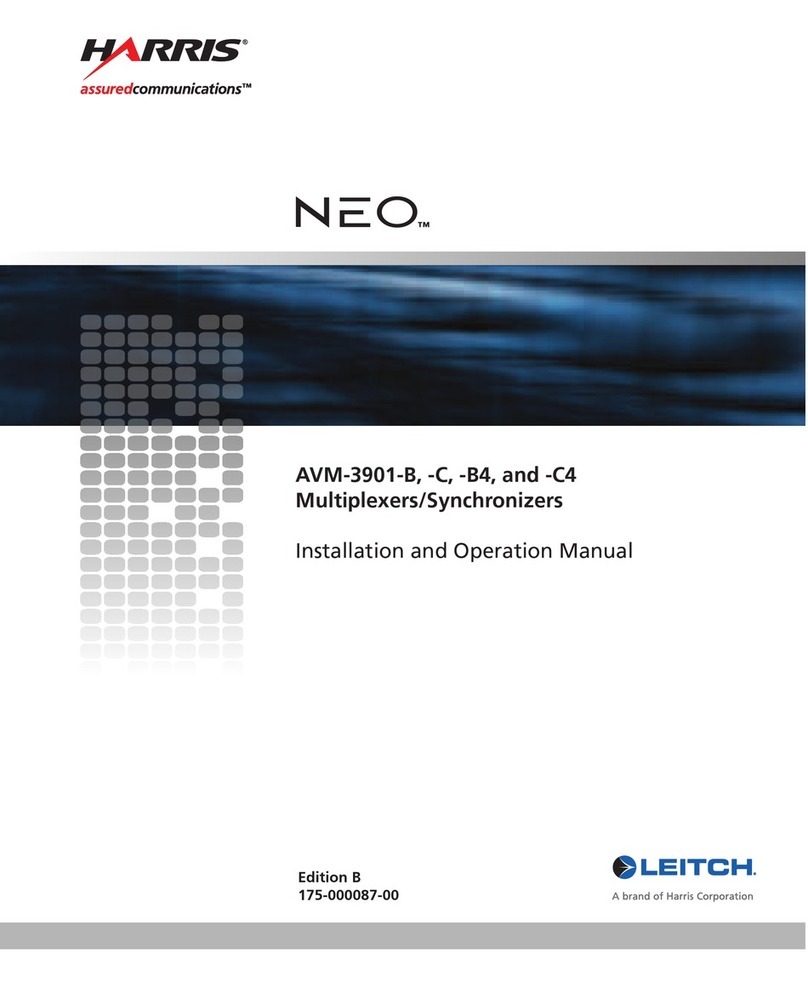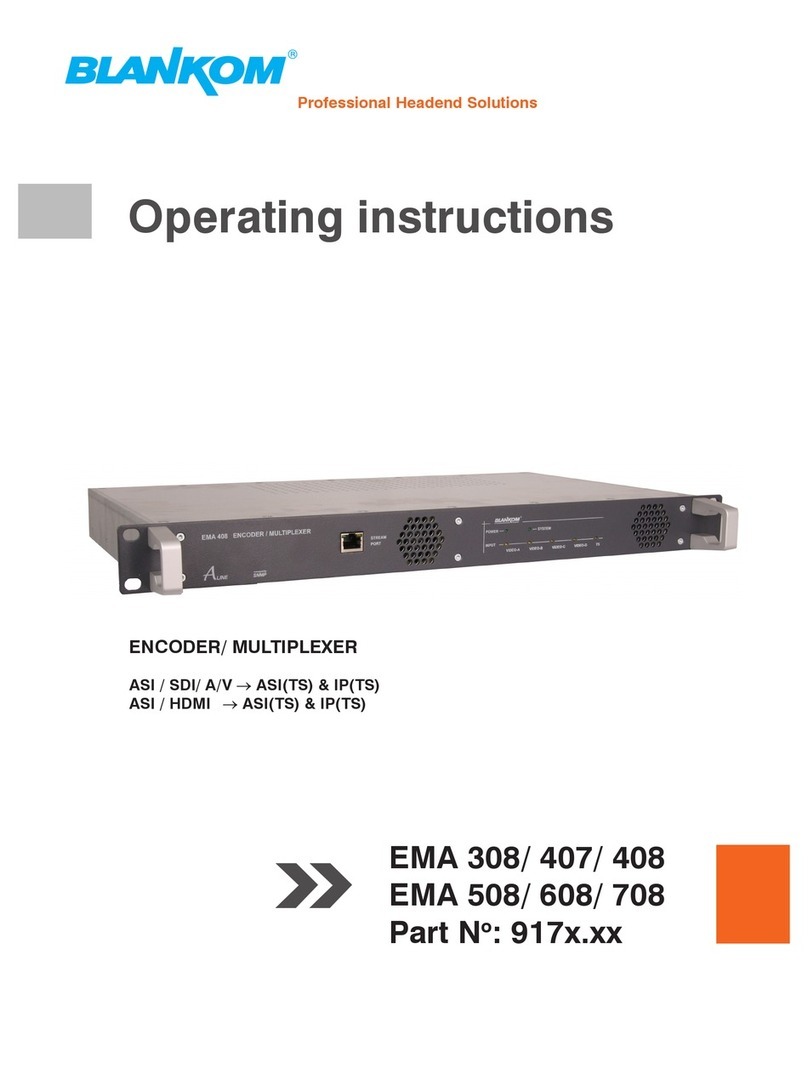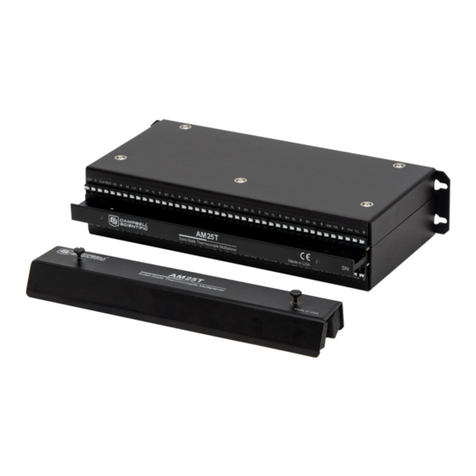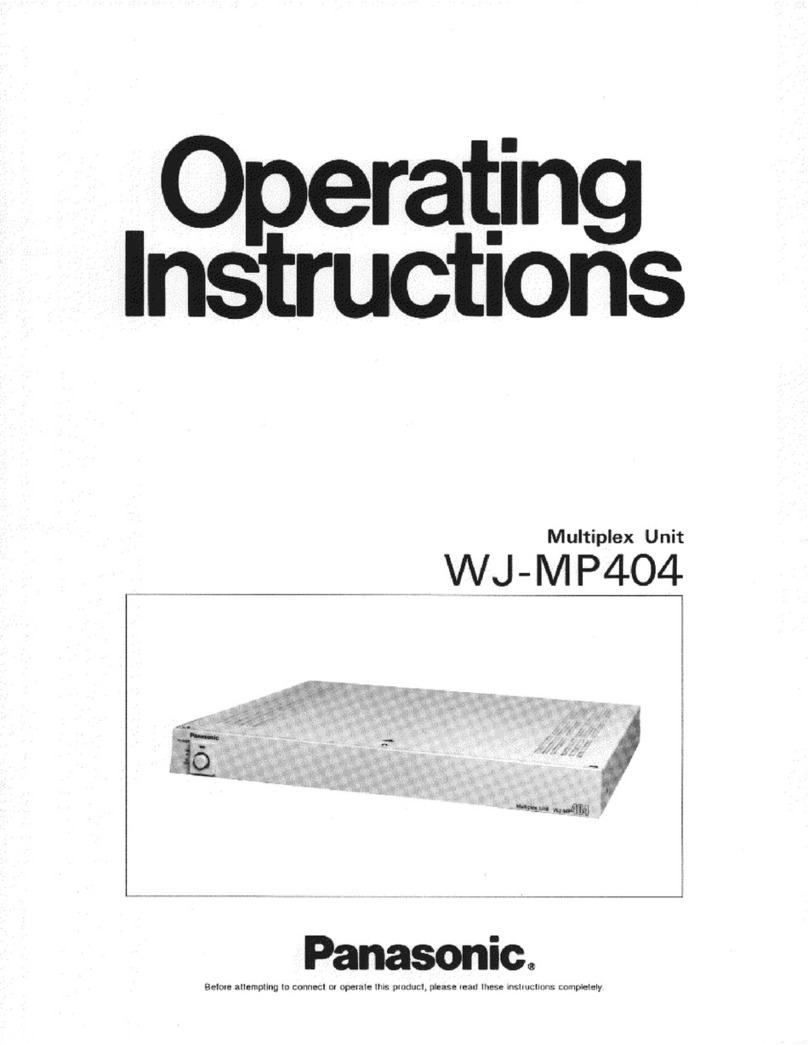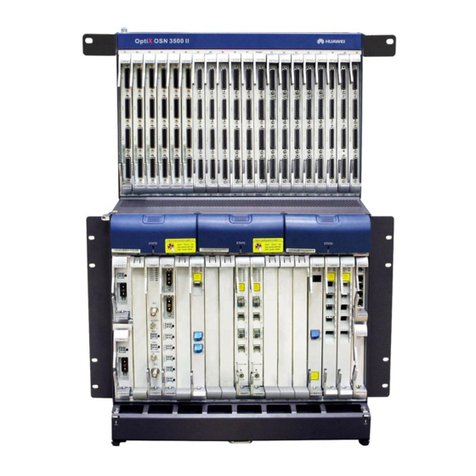
MSAN UA5000 Cases Chapter 1 MA5600 Cases
Confidential Information of Huawei. No Spreading without Permission
9
are normal. In addition, the user can watch the unscrambled channels.
Alarm Informatio
n: Run the debug IGMP packet command on the MA5600 and it is found that the MA5600 can
receive the report messages from the multicast groups with the IP addresses 226.1.1.1 and
226.1.3.10. The MA5600, however, prompts that the programs do not exist.
Cause Analysis: The possible causes of dark screen when end users watch live channels are as follows:
1. The hardware of the STB terminal is faulty or the STB is not configured properly..
2. The home gateway is not configured properly or the physical connection of the home gateway
is improper.
3. The DSLAM is configured improperly. For example, the multicast programs where dark
screen occurs are not configured, or the IGMP bandwidthCAC command is executed.
4. The upper-layer multicast router is faulty, which causes that the multicast stream is not added
to the terminal.
5. A certain head-end system of the IPTV, such as the CA system, encoder, or middleware, is
faulty.
Handling Proces
s: According to onsite tests, the fault is not caused by the user-side network or improper
configuration of the DSLAM. It is confirmed that the subsystems at the head-end of the IPTV
work normally. In addition, the multicast stream is issued when the user demands programs,
which is confirmed by the port traffic information queried on the DSLAM. Hence, the fault is
not caused by the upper-layer multicast router. Through the analysis of the symptoms and scope
of the fault, it is found that the fault is caused by the CA system at the head-end of the IPTV.
This is also proved by the fact that the terminal end can watch unscrambled channels.
The CA system is a product of a third-party manufacturer. The manufacturer explains that the
fault occurs because the encryption key of the CA card in the STB expires. Usually, the
head-end CA system transmits the group and global EEM streams to the CA system periodically
to update the encryption key of the CA card. The group and global EEM streams are transmitted
through multicast addresses 226.1.1.1 and 226.1.3.10. The validity period of the CA card is
preset when it is delivered from the factory. If the CA card fails to receive any updated EMM
streams during the validity period of the encryption key, dark screen occurs when IPTV users
watch scrambled live channels under the MA5600 after the encryption key expires.
According to onsite tests, the encryption key of the CA card fails to be updated mainly because
of the following causes:
1. The MA5600 is not configured with the multicast programs that issue the EMM streams.
Hence, the STB cannot receive the EMM streams to update the encryption key of the CA card.
Run the debug IGMP packet command on the MA5600 and it is found that the MA5600 can
receive the report messages from the multicast groups with the IP addresses 226.1.1.1 and
226.1.3.10. The MA5600, however, prompts that the programs do not exist.
2. The STB of certain versions is configured with an incorrect update address when it is
installed. Hence, the version of the STB fails to be updated. In this case, the STB does not
request the DSLAM to issue the EMM streams. That is, the STB does not transmit the report
message.
3. The fault is caused by personal behaviors of the end user. For example, the user does not
watch TV for a long time. The STB is in the shutdown state, and thus the encryption key of the
CA card fails to be updated. In this case, the user needs to wait for 90 minutes at most after
starting the terminal so that the encryption key can be updated.
Suggestions and
Summary: This fault cannot be recognized easily, and thus is not recognized during earlier PAT and FUT
tests. The IPTV is a complicated system that contains a number of products. Hence, we need to
learn the service flow of the entire IPTV system profoundly. In this case, the MA5600 fails to be
configured with the multicast programs that issue the EMM streams because the access network
engineers do not know the CA system and engineers from different product lines lack
communication with each other. The EMM streams are not common media program streams.
Hence, the terminal user can watch live channels normally even if the precedingly mentioned
multicast programs are not configured on the DSLAM.
In the case of long period for the first update of the encryption key after it expires, the
third-party manufacturer optimizes the parameters of the CA system according to the
requirement of Huawei. Currently, the update of the encryption key of the CA card in the STB
terminal requires less than 20 seconds.




















